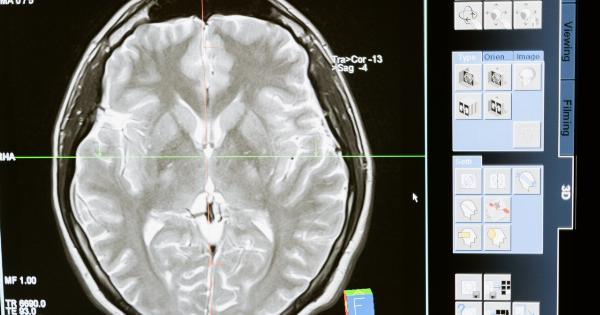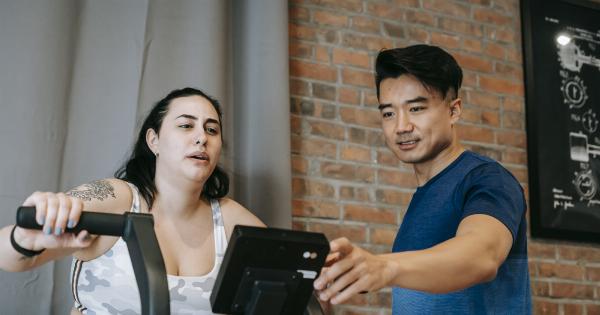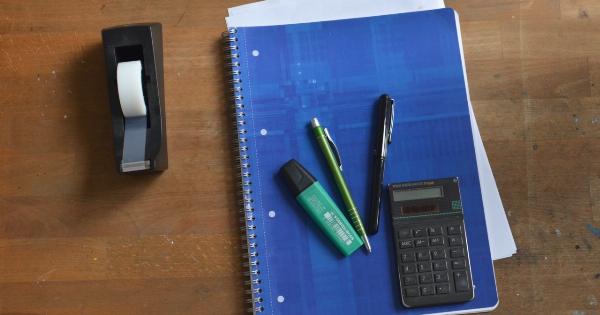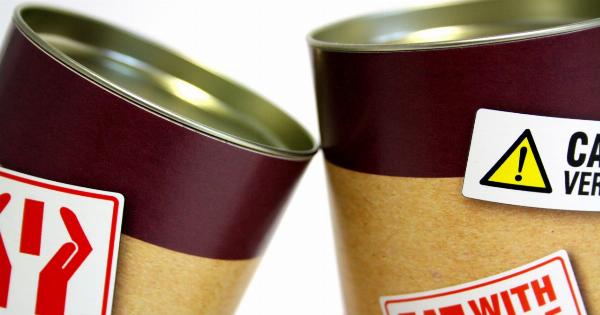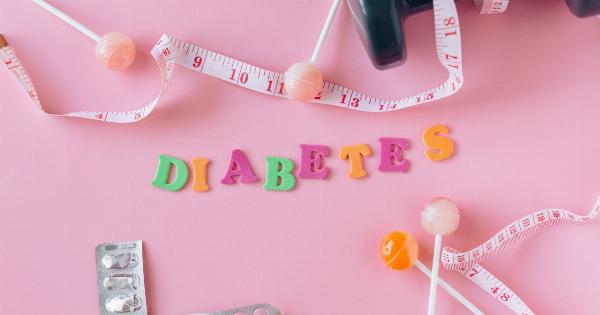Cramps are experienced by many individuals and can be incredibly painful. They can occur in various parts of the body, including the abdomen, legs, arms, and back.
Cramps are typically caused by muscle spasms, which can be brought on by a variety of factors such as dehydration, overuse of muscles, nutrient deficiencies, and certain medical conditions.
While cramps can be quite bothersome, the good news is that there are several measures you can take to prevent them.
By incorporating certain lifestyle changes and implementing effective strategies, you can minimize the occurrence of cramps and potentially eliminate them altogether. Read on to discover these prevention techniques and bid farewell to cramps for good.
1. Stay Hydrated
Dehydration is one of the leading causes of muscle cramps. When your body lacks sufficient fluids, the muscles become more prone to spasm and cramp.
It is essential to maintain proper hydration levels by drinking an adequate amount of water throughout the day. Aim for at least 8-10 glasses of water per day, and increase your intake during hot weather or intense physical activity.
2. Stretch Regularly
Stretching can work wonders when it comes to preventing cramps. Engaging in regular stretching exercises helps to improve muscle flexibility and reduces the risk of muscle spasms.
Focus on stretching the muscle groups prone to cramps such as the calves, quadriceps, hamstrings, and abdomen. Incorporate stretching into your daily routine, especially before and after exercise or any strenuous physical activity.
3. Maintain Electrolyte Balance
Electrolytes are minerals present in your body that help regulate muscle functions and nerve impulses. Replenishing electrolytes can help prevent muscle cramps.
Make sure to include foods rich in electrolytes like potassium, magnesium, calcium, and sodium in your diet. Some good sources of these minerals include bananas, avocados, spinach, nuts, seeds, and dairy products. You can also consider consuming electrolyte-rich sports drinks or supplements, especially during prolonged or intense physical activity.
4. Consume a Nutrient-rich Diet
Deficiencies in certain vitamins and minerals can contribute to muscle cramps. To prevent this, ensure that you consume a well-balanced diet that includes a variety of fruits, vegetables, whole grains, lean proteins, and healthy fats.
Include foods rich in calcium, potassium, magnesium, and vitamins D and E, as these nutrients play a crucial role in muscle function and can help prevent cramps.
5. Warm Up Before Physical Activity
Before engaging in any physical activity, it is essential to warm up properly. A thorough warm-up routine ensures that your muscles are adequately prepared for the upcoming exercise, reducing the risk of cramps and injuries.
Start with gentle stretches and gradually increase the intensity to get your blood flowing and warm your muscles. Additionally, consider incorporating a light cardiovascular activity, such as jogging or cycling, to further warm up your body.
6. Avoid Overexertion
Overexertion is a common cause of muscle cramps. Pushing your body to the extreme without allowing sufficient rest and recovery time can lead to muscle fatigue and increased susceptibility to cramps.
Always listen to your body and avoid overexertion or engaging in rigorous physical activities for prolonged periods. Make sure to schedule rest days in between intense workouts to allow your muscles time to repair and rebuild.
7. Improve Blood Circulation
Poor blood circulation can contribute to muscle cramps. To enhance circulation, elevate your legs whenever possible, especially after long periods of sitting or standing.
Incorporate regular cardiovascular exercises, such as brisk walking, swimming, or cycling, into your routine to promote better blood flow throughout your body. Using compression stockings or socks can also help improve circulation in your legs and reduce the risk of cramps.
8. Manage Stress Levels
Stress can lead to muscle tension and cramps. Implement effective stress management techniques like meditation, deep breathing exercises, yoga, or mindfulness to help relax your muscles and reduce the risk of cramps.
Engaging in hobbies or activities that bring you joy and help you unwind can also be beneficial in managing stress levels and preventing cramps.
9. Check Medications
Some medications can cause muscle cramps as a side effect. If you frequently experience cramps and are on any medications, consult with your healthcare provider to determine if they could be contributing to your symptoms.
If necessary, your healthcare provider may recommend alternative medications or adjustments to your current dosage to help alleviate cramps.
10. Stay Active
Regular physical activity is crucial for overall muscle health and reducing the risk of cramps. Engaging in a variety of exercises, such as strength training and cardiovascular activities, helps maintain muscle strength, flexibility, and endurance.
Aim for at least 150 minutes of moderate-intensity aerobic activity per week, along with two or more days of strength training exercises targeting all major muscle groups.
Conclusion
By following these preventive measures, you can significantly reduce the occurrence of muscle cramps and improve your overall well-being.
Remember to stay hydrated, maintain electrolyte balance, stretch regularly, consume a nutrient-rich diet, and manage stress levels. Incorporate these lifestyle changes into your routine and bid farewell to cramps so that you can enjoy a pain-free life.










